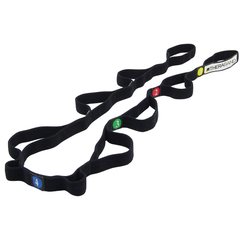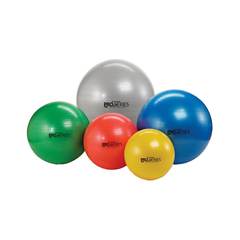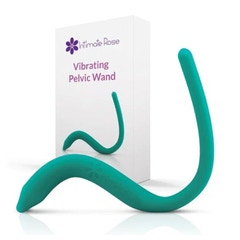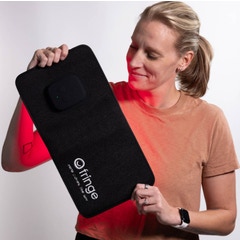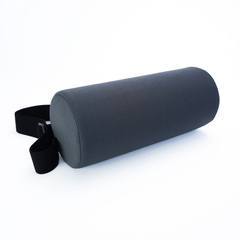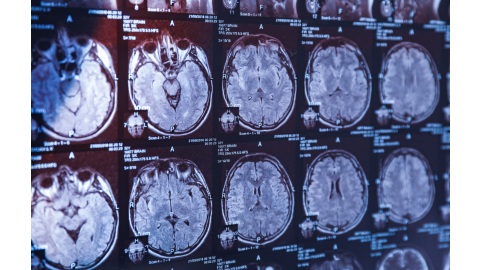When I first began my career as a physical therapist specializing in women’s health, I was amazed by two things:
- How profoundly pelvic health issues affect women, and
- How little we talk about them.
Although gaining more interest and increased awareness, pelvic health remains a quiet, often stigmatized subject—yet it is central to a woman’s well-being at every stage of life.
As we focus more on pelvic function, realizing the crucial part it plays in the function of our entire body, it’s important to look outside simply strengthening exercises – treating the pelvic floor goes well beyond your mother’s Kegels! Focusing on breathing, posture, low back and hip strength and mobility and core strengthening will enable us to work smarter not harder.
Key Takeaways
- Pelvic health dysfunction includes a wide range of symptoms and can affect women of all ages and even though they’re not normal are very common.
- Although not often widely talked about, pelvic floor issues including urinary leakage, constipation, and pain affect a significant number of women worldwide.
- Exercise, movement, breathing, and posture are all contributors to overall pelvic function and small changes can have a large impact.
Pelvic Floor Overactivity
Your pelvic floor makes up the bottom of your core muscles. Providing support and stability with activities ranging from power lifting to getting out of your car to carrying a newborn up and down stairs is one of its main functions. While trying to keep you stable, these muscles can hold on to a ton of anxiety, stress and tension and can start having more difficulty relaxing.
More and more we are seeing overactivity in pelvic floor muscle leading to symptoms including difficulty fully emptying your bladder, feeling like you need to urinate frequently, pain with sexual activity, and constipation. Even leaking a little with coughing or sneezing or when you feel like you really have to go can actually be due to overactive muscles despite many people mistaking it for weakness.
Focusing on deep breathing and stretching can help bring more mobility into the pelvis to help encourage the muscles to relax. Using a stretch strap can assist in stretching muscles connected to and surrounding the pelvis including your hamstrings, ITB, glutes and hip flexors. This can be used in a variety of ways including lying on your back, on your side, on your stomach and standing.
Using a vibrating pelvic wand or even a red light pelvic wand is another way to improve pelvic floor relaxation. This is used internally and can target specific trigger points that can limit the pelvic floor from relaxing, contracting and moving well. There are many small muscles that make up the pelvic floor and just like massaging out a knot in your shoulder, decreasing tension in those small muscles can have a major impact on symptoms like pain and urinary urgency.
Pelvic Floor and Core Strengthening
There are so many ways to increase overall core and pelvic floor strength and stability. If you take a quick body scan of yourself right now, I can almost guarantee you’re slouched forward a little in the neck and shoulders, maybe leaning to one side or with one of your legs tucked underneath you. Posture plays a crucial role in the function of your core and pelvic floor as well as your breathing mechanics.
Sitting up straighter is a great start but trying to maintain that posture through an entire meeting, car ride or dinner is difficult and can get uncomfortable quickly! Using a small round lumbar roll or half lumbar roll gives your low back passive support and can easily be taken to the office, in the car, to the dinner table and on a plane.
Changing your sitting posture can offload your pelvic floor and line your body up so that all the muscles are working efficiently and in sync. Taking it one step further, using a larger THERABAND Pro Series Exercise Ball as a desk chair or sitting on one while watching TV or playing with your kids can help engage the core muscles.
Whenever your body is off balance, your core is kicking in to give you support and keep you stable. In addition to using the ball as your new chair, incorporating dynamic movement like marches or a light medicine ball lift can further strengthen the core in functional ways. Even doing some slow hip circles or rocking back and forth on the ball can help bring healthy movement into the pelvis, encourage blood flow and make those muscles happier and work better!
Recap
The pelvic floor is a group of muscles with many big jobs. It is part of your core, works to manage pressure in your abdomen and provides support, stability, continence and optimal sexual function. If it is trying to work too hard or too weak to work as it should, we can start seeing dysfunction at any age. It is important to think of the pelvic floor as part of a system and not only look internally but externally.
Pelvic floor physical therapy is a great way to get even more ways to improve your pelvic health as this is just the tip of the iceberg and there are so many things that can be done to improve symptoms – even small changes like your sitting posture or the way you are breathing when you move can have a major impact. The more the conversation around pelvic health grows, the more we realize that even though these symptoms are not normal, they are extremely common and can often be significantly improved with the right type of movement!
Recommended Products
Medical Disclaimer: The information provided on this site, including text, graphics, images, and other material are for informational purposes only and are not intended to substitute for professional medical advice, diagnosis, or treatment. Always seek the advice of your physician or other healthcare professional with any questions or concerns you may have regarding your condition.

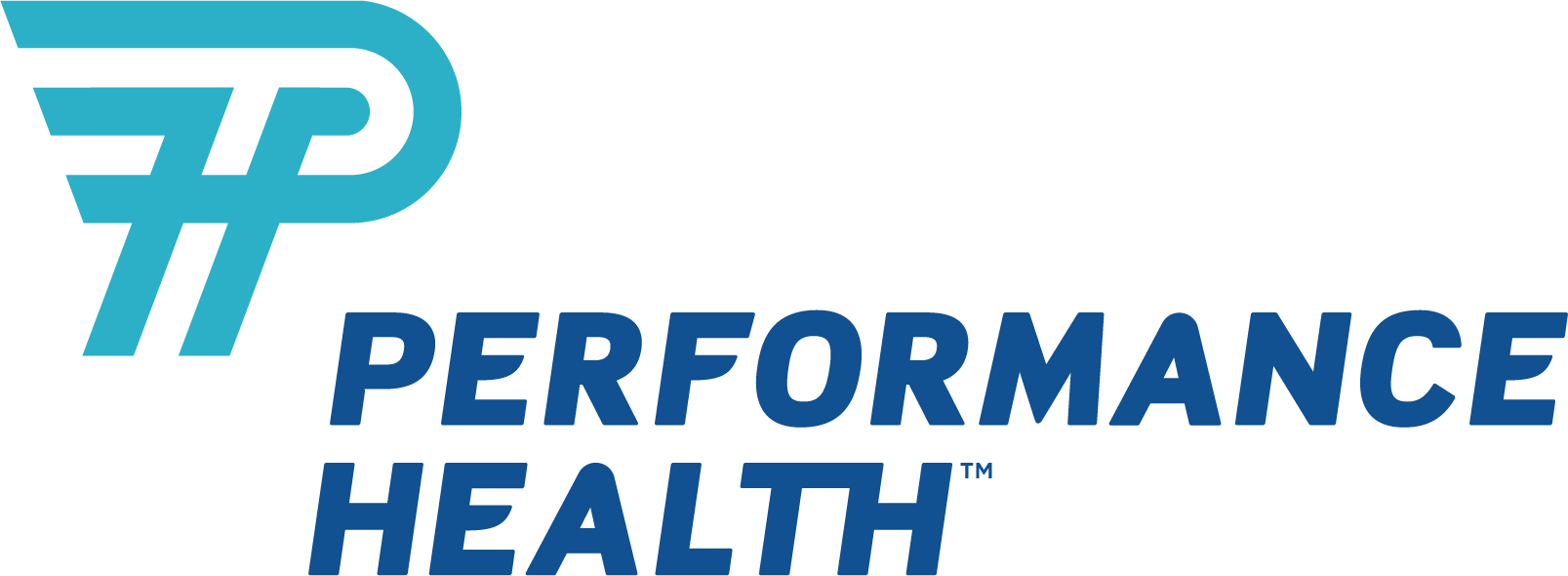






 France
France Australia
Australia
